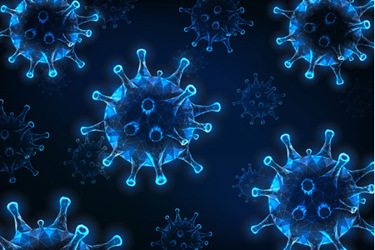Analytical Techniques For Addressing Viral Vector Purification Challenges

Biomanufacturing of cell and gene therapies is a reinvigorated field within the biopharmaceutical industry due to recent trends toward the development of more complicated medicines to treat genetic-based disorders. However, manufacturers struggle to create consistency in gene therapy products.
Gene therapies operate by harnessing viruses containing a therapeutic section of DNA. To manufacture this structure on a production level, small circular plasmids are inserted into the host cell to co-opt the virus. These plasmids code for the therapeutic DNA, outer capsid shell, and the helper proteins, which assemble the virus. Host cells must uptake all three plasmids to prevent any product variations. Even in the case of correct plasmid uptake, scientists must grapple with partial or incomplete transfer of genetic material. These variables present the biggest hurdles to putting a safe and effective gene therapy drug on the market and into the cells of the patient.
In this article, challenges found in various analytical techniques during the purification process of viral vectors are addressed, particularly with regards to downstream purification of adeno-associated viruses (AAVs).
Get unlimited access to:
Enter your credentials below to log in. Not yet a member of Cell & Gene? Subscribe today.
